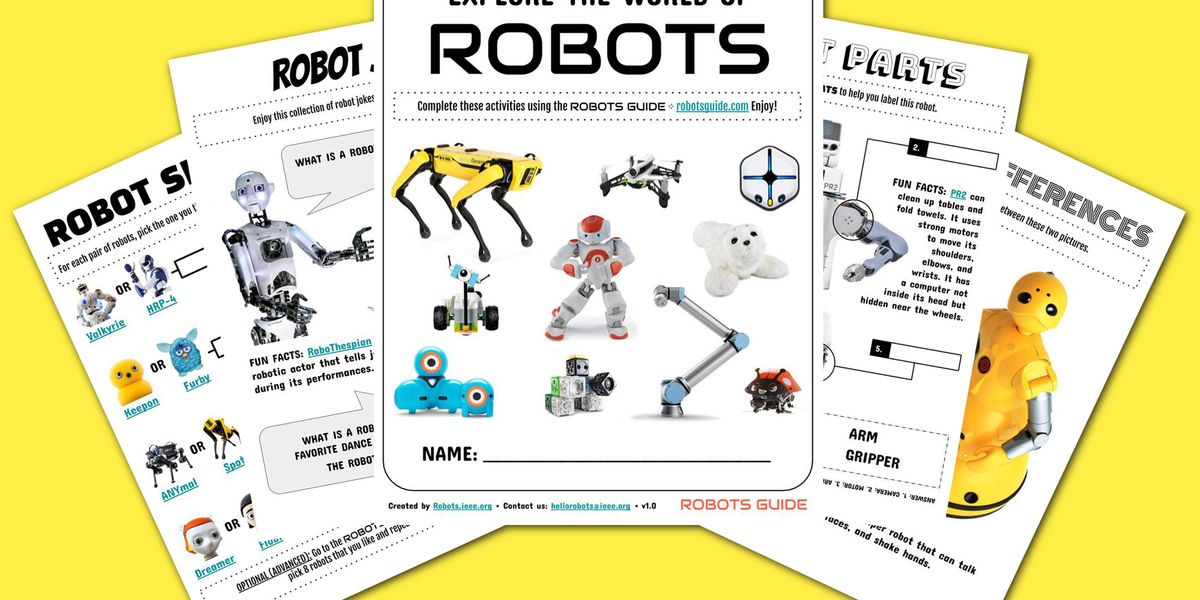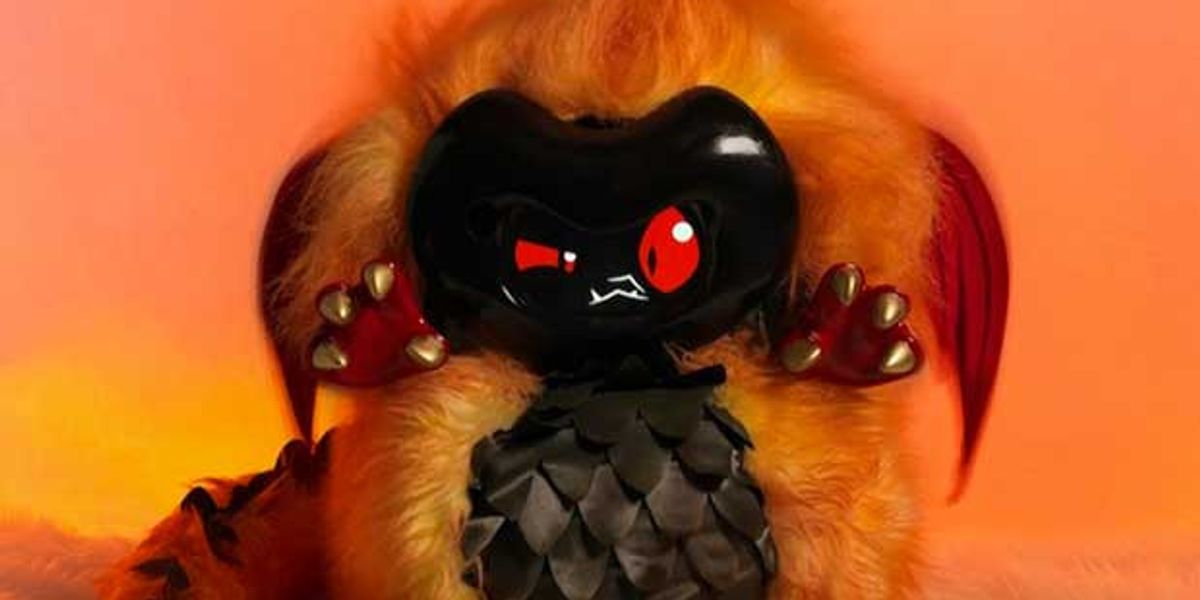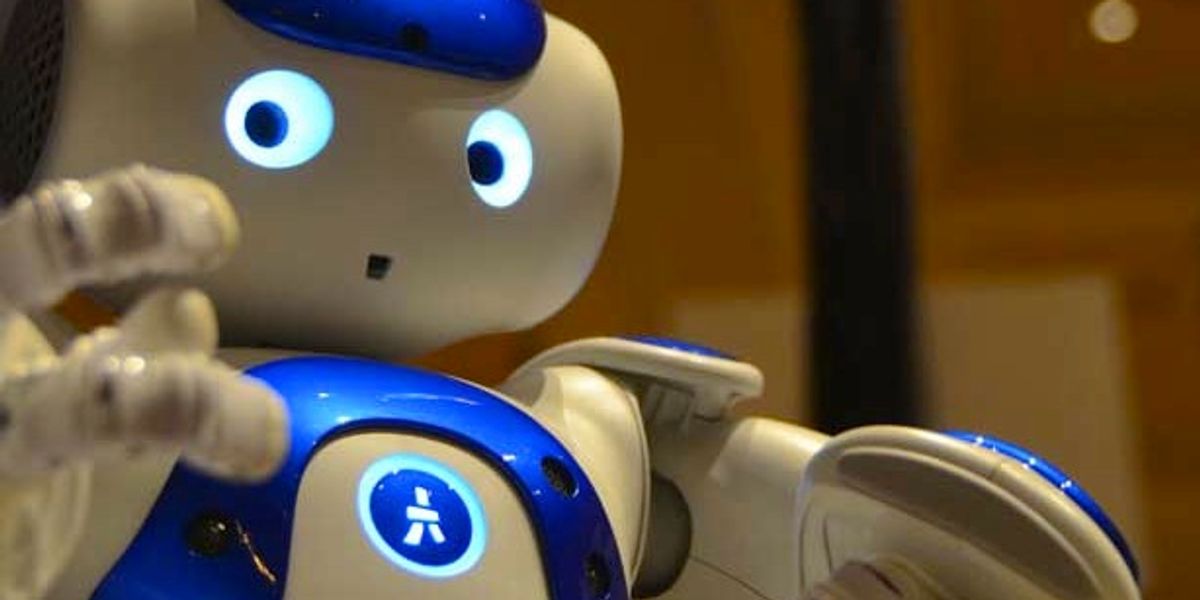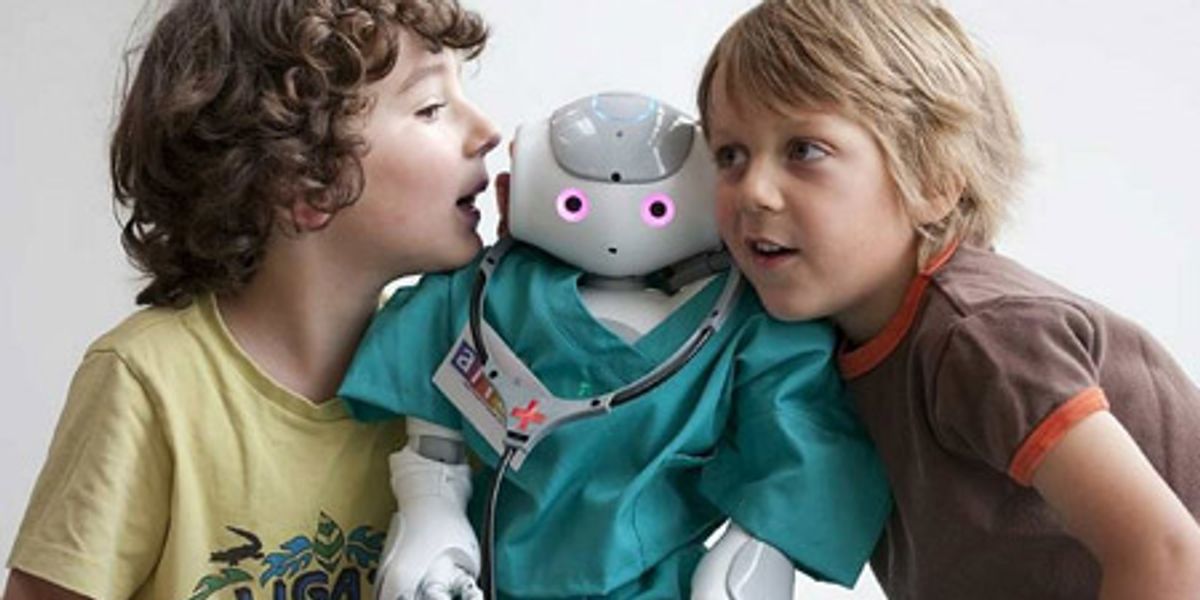FLASH
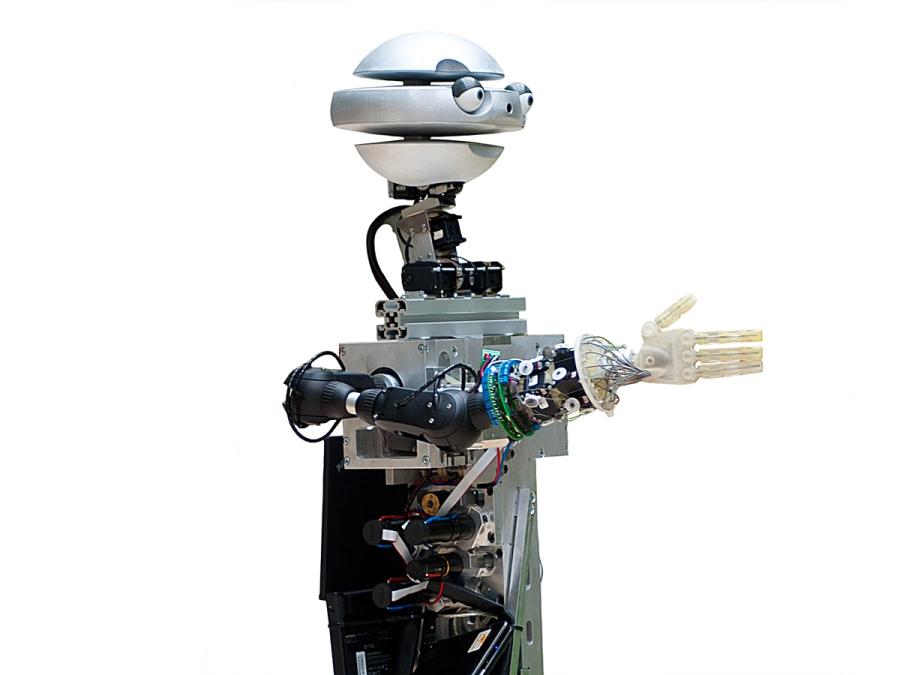
FLASH is a research robot capable of displaying different emotional states. It's designed to explore how people respond to robotic companions that can talk, gesticulate, and make facial expressions.
- Creator
- Year
- 2012
- Country
- Poland 🇵🇱
- Categories
- Features
More Images
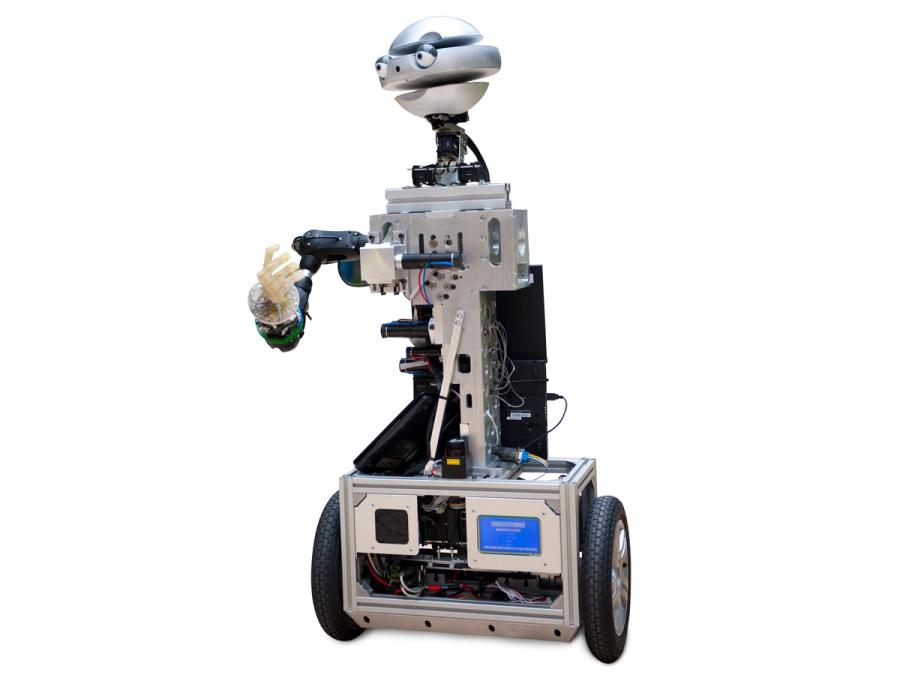
Did you know?
FLASH's head consists of three stacked discs and is capable of expressing a wide variety of emotions.

History
FLASH was a social robot project led by Jan Kędzierski at the Wroclaw University of Technology in Poland. FLASH consisted of a wheeled Segway-style body equipped with a single arm, plus an expressive head. The unique head design, called Emys (for "emotive head system"), was part of the LIREC Project, an European research program with the goal of "exploring how to design digital and interactive companions who can develop and read emotions and act cross-platform." In 2018, Kędzierski founded a company to commercialize Emys as an educational robot.

Specs
- Overview
Able to recognize objects and faces, and understand speech. Capable of displaying happiness, sadness, surprise, anger, weariness, and disgust.
- Status
Discontinued
- Year
2012
- Width
- 70 cm
- Height
- 125 cm
- Weight
- 40 kg
- Speed
- 1.8 km/h
- Sensors
Hokuyo URG laser range finder, Analog Devices inertial system, Microsoft Kinect, Logitech QuickCam Sphere camera.
- Actuators
Maxon brushed DC motors
- Degrees of Freedom (DoF)
- 51 (Arms: 7 DoF x 2; Hand: 12 DoF x 2; Head: 11 DoF; Wheels: 2 DoF)
- Materials
Aluminum chassis, plastic parts printed in selective laser sintering and rapid-prototyping.
- Compute
microATX board with Intel i7 quad-core CPU and Freescale PowerPC MPC555 CPU.
- Software
Ubuntu Linux and Windows 7 OS with Gostai Urbi, FaTiMa, Player, Adept ARIA, OpenCV, SDL, Microsoft Speech API, Loquendo, PittPatt, and OpenNI.
- Power
42-V 16-Ah lithium-polymer battery and 16.8-V 10-Ah lithium-polymer secondary battery, 2 hours of operation
